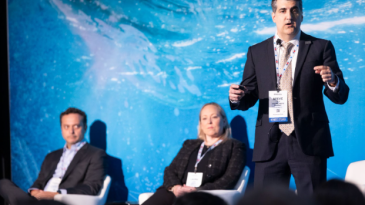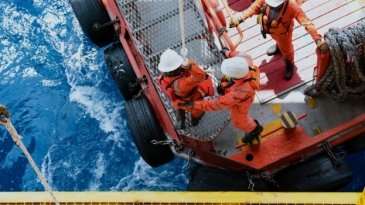
Back to top




The Swiss Cheese Model is Broken

A Better Path to Operational Safety Through Leadership, Not Layers
Rethinking Safety Through the Lens of Operations
At Promethean Energy, we believe in doing safety differently. Not because we reject the principles of risk management, but because we’ve lived through the realities of frontline operations—and we know what actually works.
Many safety strategies rely too heavily on programs, posters, and slogans. Others lean heavily on theoretical frameworks—such as the Swiss Cheese Model—that attempt to explain away failures using neat diagrams and metaphors. But safety doesn’t happen on a whiteboard. It happens in the field, on the job, in the moment.
And when it fails, it’s not usually because we didn’t have enough layers of protection. It’s because someone wasn’t prepared, motivated, or supported to make the right decision when it mattered most.
This article takes a closer look at the limitations of the Swiss Cheese Model and offers a more grounded, leadership-driven approach to preventing incidents—one rooted in Promethean’s core philosophy of operational excellence.
1. The Swiss Cheese Model: Elegant in Theory, Fragile in Reality
The Swiss Cheese Model was developed to help explain how accidents occur when multiple layers of defense fail to work together effectively. Each “slice” of cheese—like a safety program, procedure, training, or equipment—has holes, or weaknesses. When those holes line up, an incident can pass through all the barriers, leading to harm.
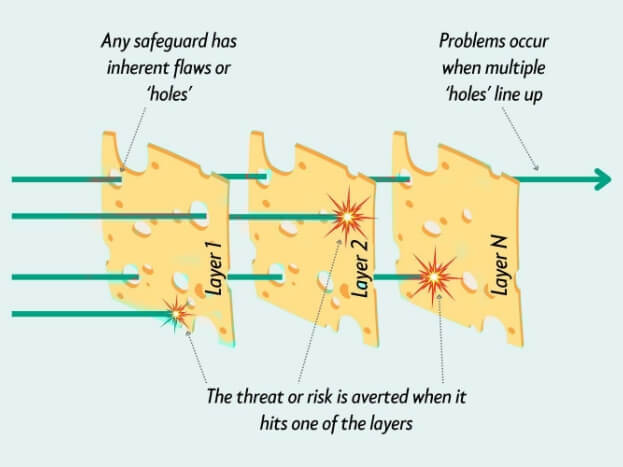
It’s a powerful visual. But it has a major flaw: it assumes that layers can operate independently and effectively without constant human engagement.
In the real world, those barriers aren’t static. They’re fragile. They degrade without active leadership:
- Procedures are ignored when deadlines loom.
- PPE goes unused when it’s uncomfortable or slows the job.
- Checklists become a box-ticking exercise when no one is watching.
These aren’t gaps in policy—they’re gaps in human behavior and leadership accountability. And no diagram can fix that.
2. Real Safety Is About People, Not Layers
Barriers don’t make decisions. People do. And people—especially in high-stakes environments—will make the wrong decision if the incentives, expectations, or pressures around them lead them in that direction.
The best-designed system in the world can’t prevent incidents if:
- Employees haven’t been adequately trained for the actual job conditions.
- Supervisors prioritize deadlines over safe execution.
- Teams believe shortcuts are quietly rewarded as “getting the job done.”
This is where the Swiss Cheese Model misleads us. It shifts responsibility onto the system, rather than the leadership required to manage it well.
Real-world safety requires that leaders stop treating safety as a passive framework and start treating it as an active process of human engagement.
3. Leadership Is the Strongest Barrier You Can Build
If your safety system relies entirely on programs, forms, and automated defenses, it will eventually fail. The only true safeguard is a leadership culture that:
- Prepares teams with practical, scenario-based training.
- Motivates people to choose safety, even when it slows down the job.
- Intervenes early when they see risk tolerance creeping in.
We often hear the phrase, “Safety is everyone’s responsibility.” But in practice, it’s the leadership’s responsibility to make it everyone’s priority.
This starts with the frontline supervisor. The person with the greatest influence on daily decisions isn’t a VP or a corporate safety officer—it’s the team lead who sets expectations, corrects behavior, and models what “safe” actually looks like.
4. The Human Factor: Risk Tolerance Is Real—and Must Be Managed
Here’s something most safety programs overlook: people are inherently risk-tolerant. Especially when jobs are complex, timelines are tight, and the perceived reward of cutting corners is high.
Workers don’t take risks because they don’t care. They take risks because:
- They want to finish faster.
- They want to impress the boss.
- They’re used to it, and it’s “always been fine.”
- They trust their luck more than their training.
The Swiss Cheese Model doesn’t account for this nuance. It treats human error like a static hole, when in reality, risk tolerance expands and contracts based on leadership presence, cultural norms, and emotional motivators.
If leadership isn’t actively reinforcing safe behavior and reducing tolerance for shortcuts, even the best systems will fail.
5. The Promethean Model: Prepare. Motivate. Engage.
Rather than stacking slices of metaphorical cheese, we advocate for a more practical model that focuses on what truly prevents incidents:
🔹 Prepare
Equip people with the real-world skills and decision-making tools they need. Safety training should go beyond regulations—it must be scenario-based, job-specific, and verified through hands-on execution.
Train for reality, not just compliance.
🔹 Motivate
Incentives, recognition, accountability—all of these shape behavior. But motivation isn’t just about bonuses or reprimands. It’s about making safety feel meaningful, urgent, and consistent.
People do what’s expected and tolerated. Set the right tone every day.
🔹 Engage
Leaders must be visible, vocal, and consistent. You can’t outsource engagement. You must walk the site, ask hard questions, address unsafe habits early, and support those who speak up.
Engaged leaders don’t wait for safety audits—they’re in the trenches, every day.
This model isn’t abstract. It’s real. And when applied consistently, it works—because it changes people, not just policies.
6. If Not Now, When?
At some point, most operations will face a critical moment—a near-miss, a serious incident, or a sudden realization that the safety program isn’t delivering.
The question is: do you wait for that moment, or do you lead differently today?
Ask yourself:
“If someone on my team made a risky decision today, could I honestly say I did everything I could to prepare and motivate them to make a better choice?”
If the answer is no, the issue isn’t the system—it’s leadership.
Summing UP: Don’t Rely on Luck. Lead with Intention.
The Swiss Cheese Model is not inherently wrong—but it’s incomplete. It helps us understand failure. It does not help us prevent it.
Prevention doesn’t happen through layers. It happens through people.
At Promethean Energy, we believe that safety isn’t a standalone initiative—it’s a product of operational excellence. It’s embedded in leadership decisions, team culture, and frontline accountability. That’s how we approach every project, every day. Let’s move beyond metaphors and start building systems that prepare people, not just protect them.
Are you ready to shift from theoretical safety to intentional leadership? Let’s talk—Contact Promethean Energy to explore how we embed safety into operational excellence—and how your organization can do the same. Because at the end of the day, safety isn’t just a value. It’s a responsibility.



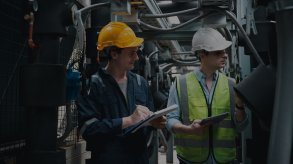


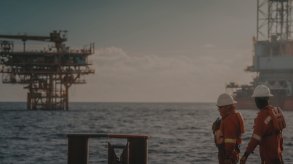
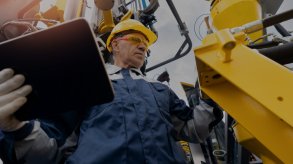


 Share
Share

